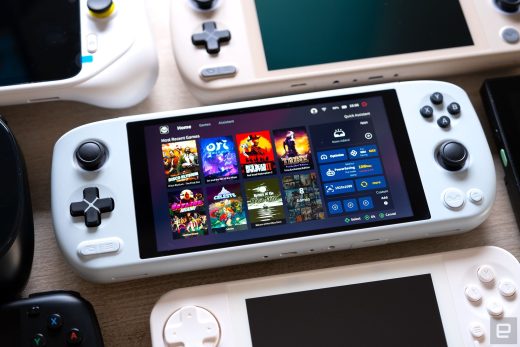The Ayaneo Air Plus is the next would-be Steam Deck killer
The past year was stellar for handheld gaming, no matter the size of your actual hands. Between the Steam Deck, Playdate and an explosion of retro consoles, we received an embarrassing amount of mobile gaming goodness in 2022, and cloud play is only encouraging more innovation. Even though Sony still hasn’t revived the Vita, it feels like the handheld market is in the throes of a renaissance — so let’s celebrate the milestones of the year right here.
December is a historic month for handheld gaming. Sony released the PlayStation Portable in Japan on December 12th, 2004, and then debuted the Vita in Japan on December 17th, 2011. Both of these consoles were hits with players, critics and developers, but a disorganized marketing scheme and failed cloud ambitions kept Sony from investing in handheld gaming after the Vita. RIP, etc. Basically, for the past decade we’ve been waiting (very patiently, mind you) for a breakthrough mobile device to finally make this industry viable again.
Finally in 2022, the handheld market is flush. The Switch paved the way for mobile play over the past few years, and massive corporations like Valve are finally getting in on the action. Cloud gaming has found its foothold, and the market for portable Android and Linux devices is buzzing, with major names like Razer getting involved. Meanwhile, more underground companies like Analogue, Ayaneo and Panic are quietly churning out high-quality handhelds for retro, PC and indie gaming.
But of course, Valve’s Steam Deck dominated the portable conversation in 2022. The Steam Deck is big, it’s heavy, it doesn’t have a great battery life – and it’s everything PC players have been waiting for, apparently. Valve started rolling out the Steam Deck in February, and by October it had shipped more than 1 million of these beasts across the western world, with plans to expand into additional regions. Steam Deck comes in three flavors ranging from $400 to $650, which makes it more affordable than existing handheld PC devices from companies like Ayaneo. It comes with Steam pre-installed, but it’ll also run Windows if you really want to spend an afternoon screaming why? at the machine in your lap.
Imperfect though it may be, Steam Deck proved there’s heat in the handheld PC market in 2022. It’s a relatively accessible way to play PC games on a portable screen, and it successfully combines the Steam software with decades of hardware research at Valve. The Steam Deck is a great start from a company that’s known to lose focus easily, so hopefully it doesn’t all end here.
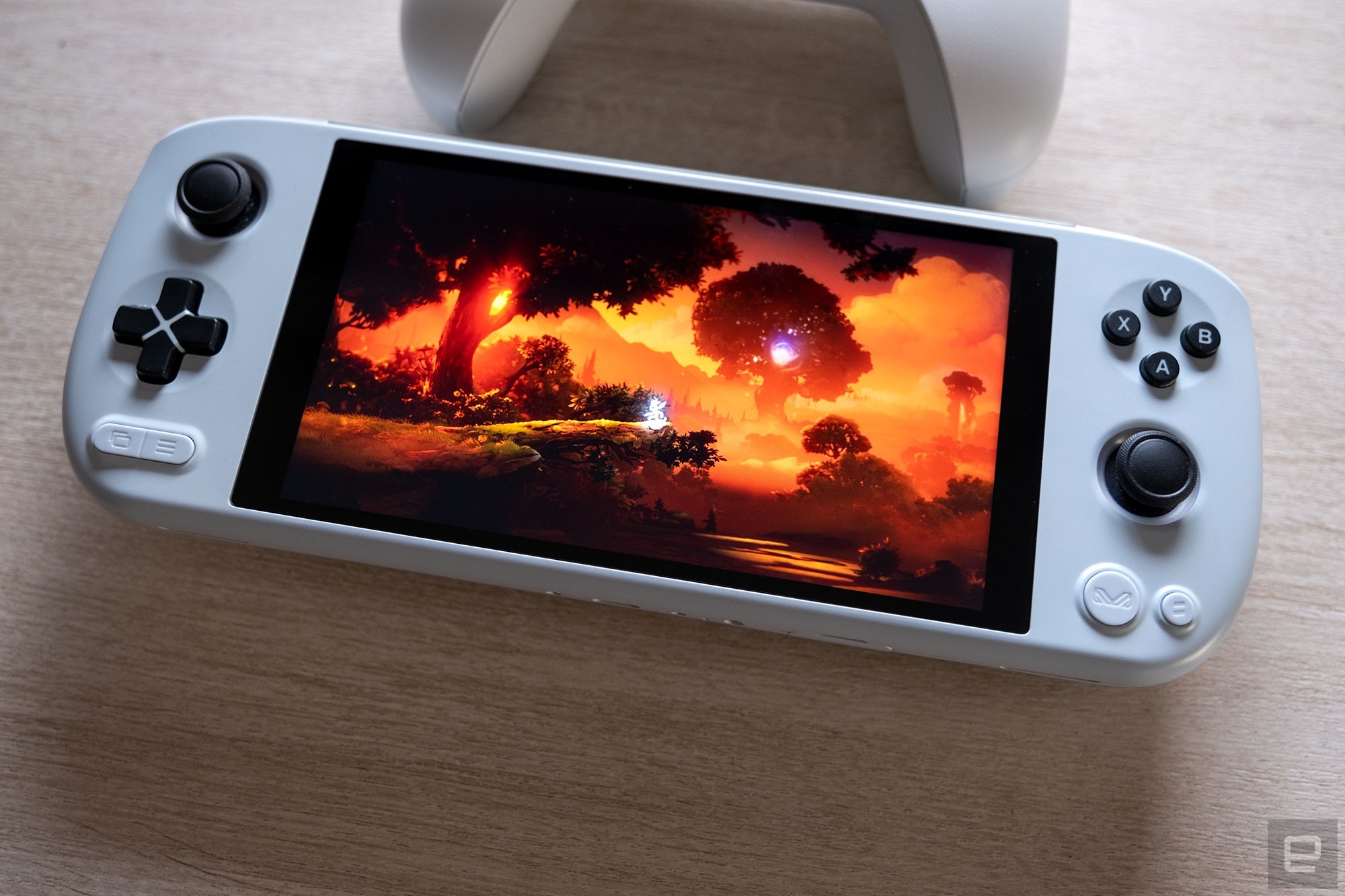
Even if Valve gets too distracted to make a Steam Deck 2.0, plenty of other companies are eager to pick up the thread in the mobile PC space. The most prominent name is Ayaneo, a brand that took off in 2021 thanks to an Indiegogo campaign that raised more than $2 million. Today, Ayaneo is continuing to iterate on its original PC device with sleek, Switch-sized machines capable of running titles from Steam, the Epic Games Store, Game Pass and other hubs. The Ayaneo Air Pro starts at $700 and can technically handle high-fidelity games, though you’ll likely have to lower your framerate, resolution and expectations. The beefiest Ayaneo, the Next Pro, starts at $1,500 and it’ll run anything a Steam Deck can, but without the extra bulk.
Ayaneo makes extremely cute gadgets and the company is emerging as Valve’s main competitor for portable PC glory. The Ayaneo 2 is poised to pack even more power into a sleek package, though it’ll have a price tag of $1,000, at least. The exciting thing here is that there’s actual competition in the handheld space – companies are investing in mobile hardware more than ever, and not just when it comes to PC play. Recent upgrades in mobile processors are powering a ton of new devices built specifically for retro and cloud gaming.
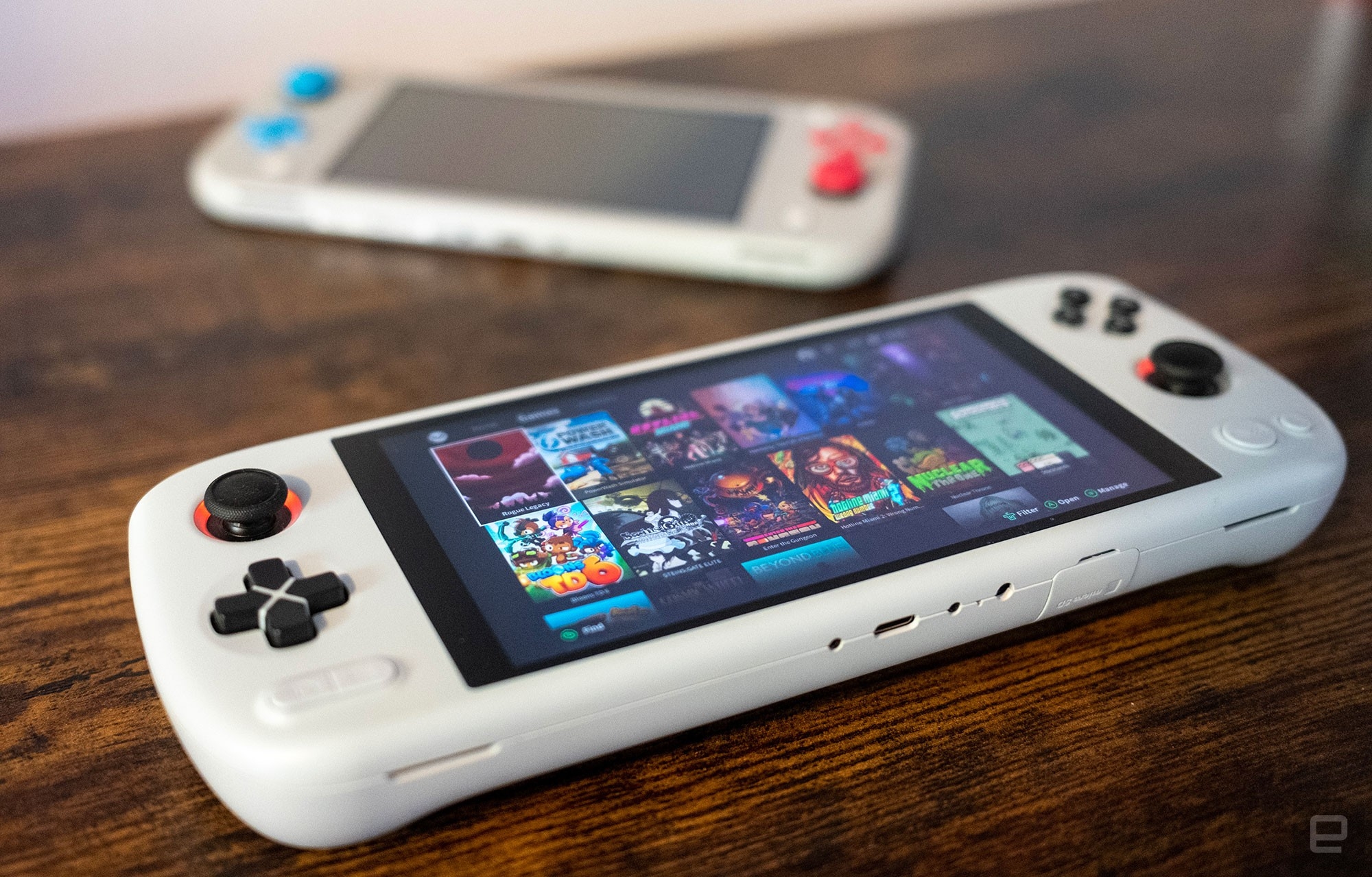
At the end of 2022, the market for retro handhelds is lush, covering every era from NES to GameCube at relatively affordable prices. On the NES to PSP side of things, this year we got the Miyoo Mini and Retroid Pocket 3: The Miyoo Mini costs about $60 and has a modern dual-core processor that can handle even some PS1 games, while the Pocket 3 is an Android-powered handheld that costs $120. For more modern emulation experiences, there’s the Odin by Ayn, which can run PS2 and GameCube titles at 1080p on a 5.9-inch screen. The Odin costs between $200 and $290, depending on the model. For retro handhelds, the general rule is the hardware gets more expensive as the era progresses.
In the honorable mention section, we have the Analogue Pocket, which plays actual physical cartridges from the Game Boy, Game Boy Color and Game Boy Advance, and is unsurprisingly about the size of a classic Game Boy. Analogue started shipping the Pocket at the end of 2021 and it enjoyed a sold-out year, with more orders and accessories due in 2023. Pocket is a special little handheld that breathes new life into classic cartridge libraries, and it comes with a price tag of $220 – which is just about what a Game Boy would cost in today’s coin.
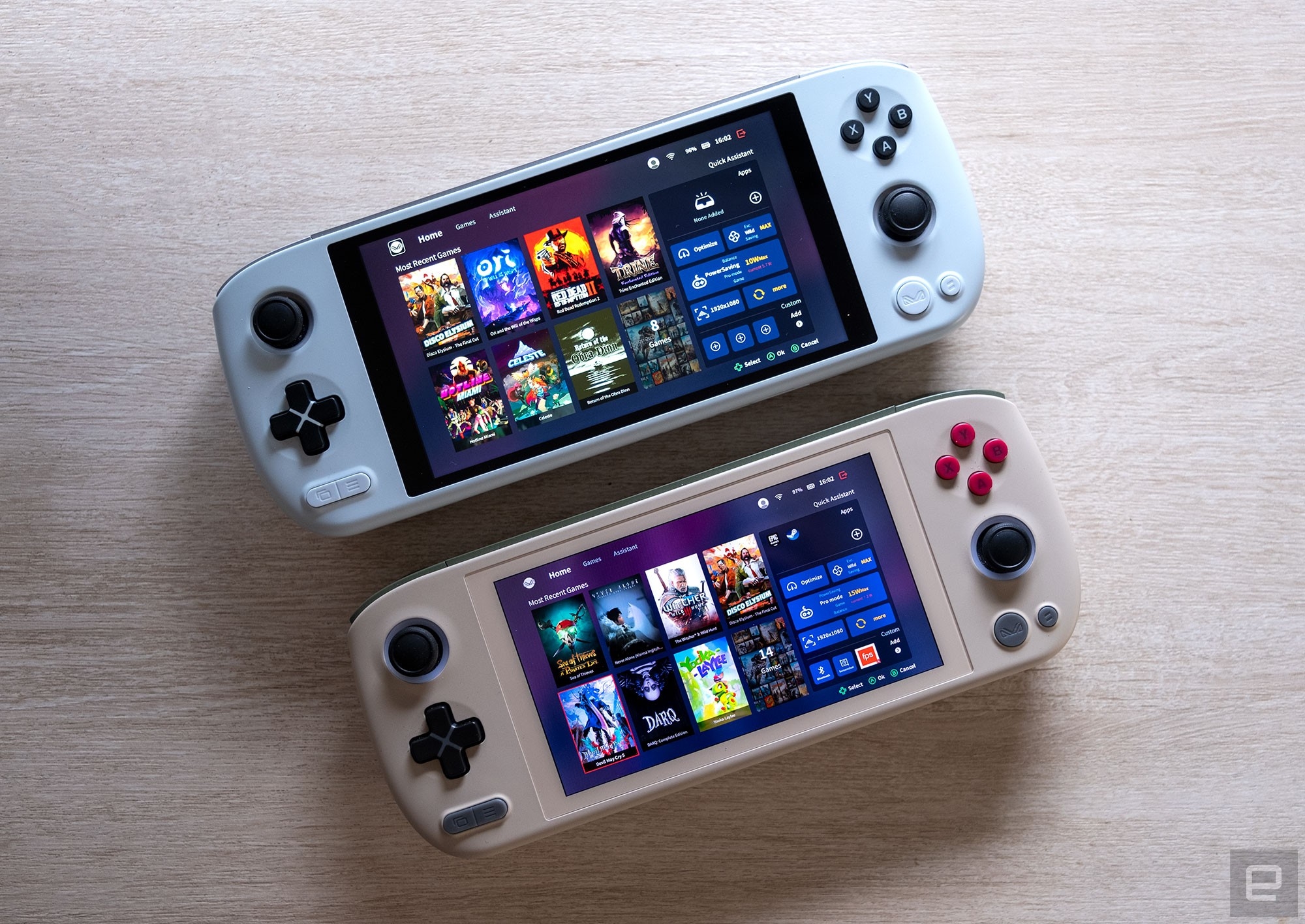
OK, that’s enough about the past. If 2022 has proven anything, it’s that portable gaming has a strong future, and this is going to include cloud and phone play. Cloud technology has finally become reliable enough that even Sony figured it out this year, and Microsoft has continued to grow its enormous cloud network, which is intrinsically tied to Game Pass. Our slowly encroaching subscription-based future has created a rich environment for Android- and Linux-based handhelds that don’t need a ton of on-board processing power, as the Steam Deck does. Logitech recently dropped the G Cloud Gaming Handheld, which costs $350, while the Razer Edge is an Android-based handheld starting at $400 and expected to start shipping in January.
This year Razer also released the Kishi V2, which is a $100 gamepad that essentially turns your smartphone into a cloud gaming device. Backbone makes a similar product for iPhone and Android players, and this year the company rolled out an officially licensed PlayStation gamepad just for iPhone. As mobile processors continue to evolve and cloud technology further stabilizes, smartphone gaming is only going to grow as an industry, and already mainstream entertainment companies like Netflix are joining the fray. Netflix specifically has ushered acclaimed games like Kentucky Route Zero, Into the Breach and Spiritfarer onto mobile devices this year, and it’s introduced gems like Poinpy and Hello Kitty Happiness Parade.
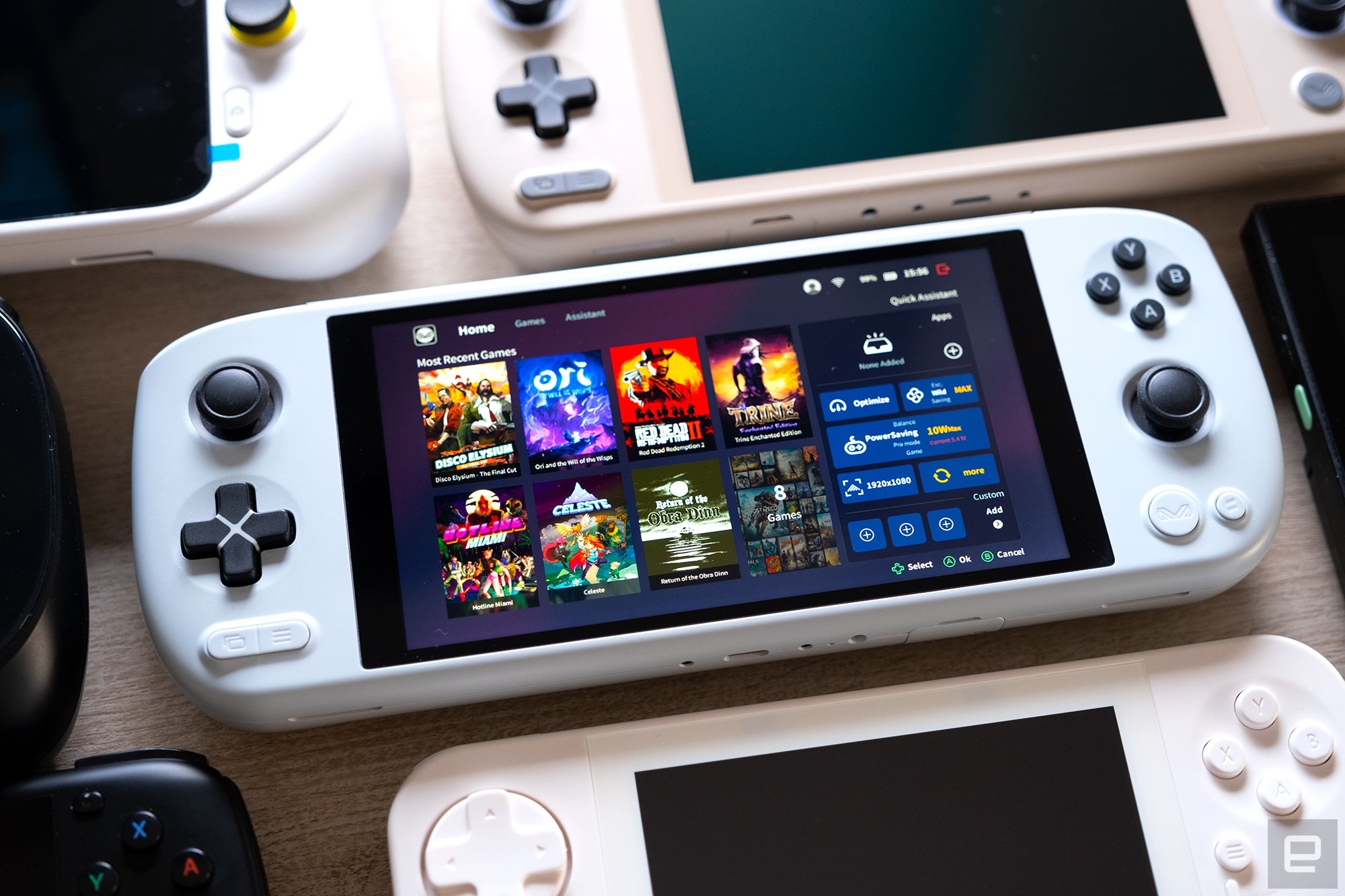
Finally, I’d like to take a moment to honor Playdate. This brilliant business-card-sized indie gaming machine came out in April; it costs $180, it has a crank, and it doesn’t fit into any existing video game category. Playdate exemplifies innovation. It’s an open-source, crank-powered piece of magic offering some of the most unique experiences the video game industry has to offer, distilled on a miniscule, monochromatic screen. Playdate is pure joy in a tiny yellow package, and for me, it’s the standout handheld of 2022.
And that’s a wrap. Here’s to you, handheld gaming. Thank you for a fantastic year, and may the momentum of 2022 continue to generate creative ideas in this space. To the years and games ahead, cheers.
(26)

